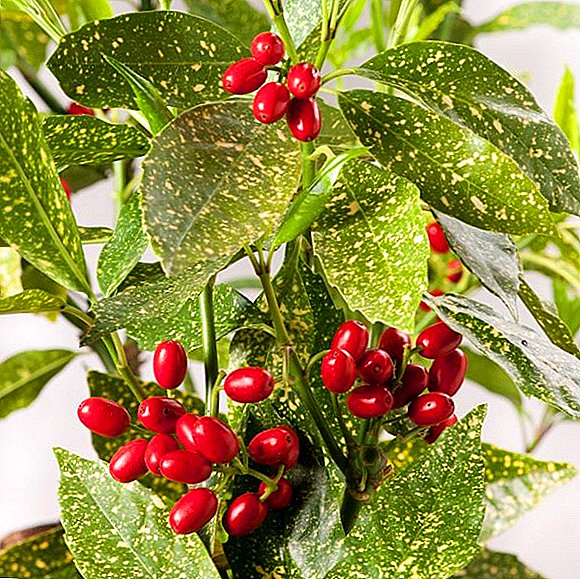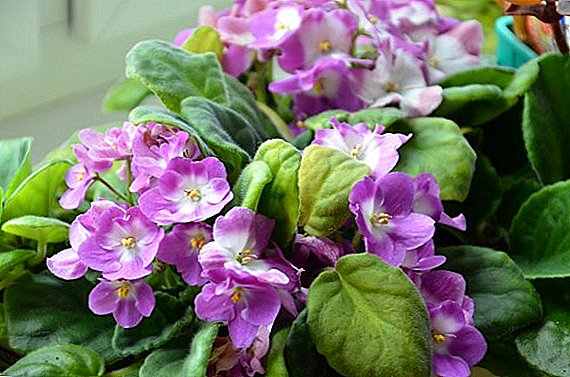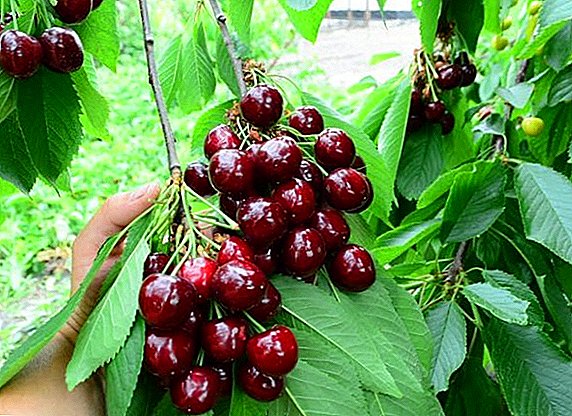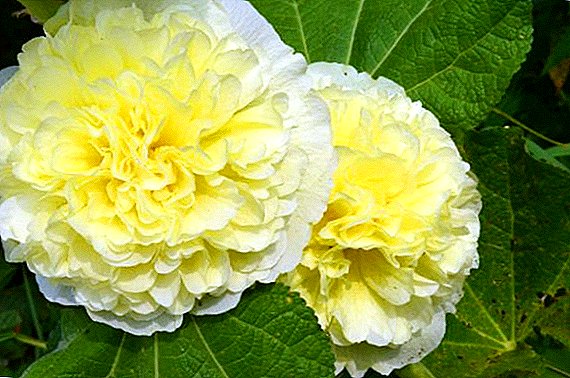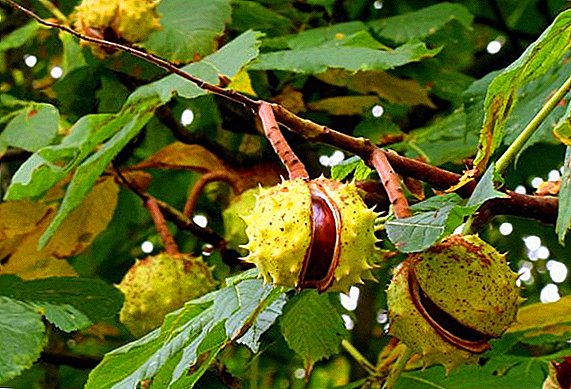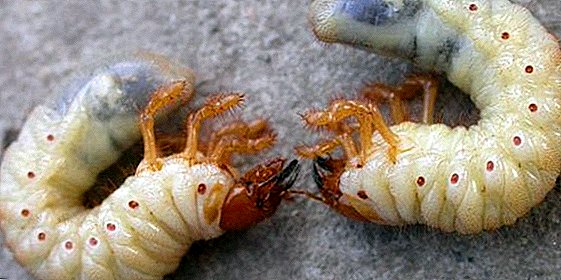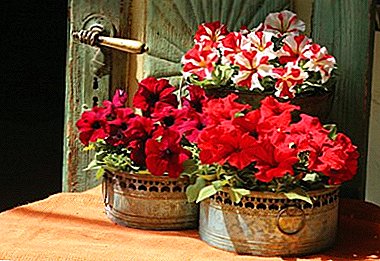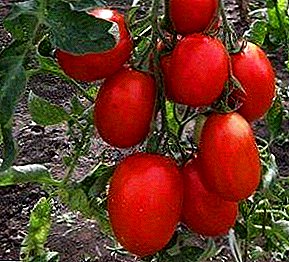
Among people such hobby as floriculture is widespread. Flowers are loved for their decorative functions (filling the space with beauty). They are also used for medicinal purposes and as spices.
Of the hundreds of types of flowers there are those that are undemanding to care, among them we can distinguish violets. This is one of the most popular indoor plants.
There are over hundreds of species of violets. One of the common varieties is "Isadora", which you will learn from this article.
General description and photo
Violets of this variety willingly bloom, prolific and imperceptible. They have abundant flowering, but in hot and winter time the flowers can wilt quickly. Peduncles low and weak, can not withstand the severity of flowers. Buds open for a long time. Only after 2 weeks the flowers become fully open. The flowering period is very long.
Except for the minimum requirements, this violet is very easy to clean. Suitable for both experienced florist and beginner.





History of origin
Violet "LE-Isadora" was invented and created by the breeder Elena Lebetskaya from Ukraine. The variety is named after Isadora Duncan. Date of appearance in 2011. Homeland of all violets - East African province. Another name for violets is "Saintpaulias", after the name of Baron Walter von St. Paul.
Appearance
These are very delicate and beautiful plants. Flowers of these violets are large and semi-double, white and light pink with pink, purple and lilac spots. Fuchsia blotches are also on the petals. Beautiful flowers - a distinctive feature of this species of violets. On average, flowers are 4-5 cm in diameter.
On the peduncle from 3 to 6 buds. Peduncles stunted and do not have a strong build. On the only blossoming bud you can see a green border, which then disappears.
Distinctive features
Care
Despite the fact that this type of violet is unpretentious, it takes a long time to care because of some of its features.
 Watering is carried out as the soil dries out with water slightly warmer than room temperature. Water from the tap must settle for 3 days. It prevents liquid from entering the growth point, that is, into the center of the plant.
Watering is carried out as the soil dries out with water slightly warmer than room temperature. Water from the tap must settle for 3 days. It prevents liquid from entering the growth point, that is, into the center of the plant.
There are several ways to water:
- wick watering;
- watering through the pan;
- watering from above.
If the air is too dry, the flower may die. Therefore, it is recommended to spray around him.
A special part of proper care is temperature control (the right temperature is required for any type of violet). Violet of this species is very thermophilic. The temperature should be maintained at 23 degrees. In this mode, these plants grow strong and bloom profusely. Temperatures below this value are very harmful and are not allowed. At night, an acceptable temperature is above 18 degrees. Indoors should not be drafted.
On the surface of the leaves dust often accumulates. It should be carefully washed once a month.
For the health of the flower, you need to provide at least 12 hours of light baths. If there is a lack of lighting, the flowers grow poorly. With intense light leaves slightly down. But Saintpaulia should be protected from direct sunlight, otherwise burns will occur.
Yellowing of the leaves indicates overheating of the violet. To grow violets all year round use artificial lighting with fluorescent lamps (30 or 40 watts). The recommended measure is to not put the plant on the sunny side (both during and after flowering).
Fertilizing and fertilizing are required. The Isadora should receive mineral and organic fertilizer feeds, which should be given alternately.
Replant the flower in a mixture of soil, peat, coniferous and leaf. Also, sand is used and is a good baking powder. Replace best in early spring.
Planting and growing
 Excessive amount of moisture the plant does not tolerate, as well as stagnant water. Overflow can lead to the death of violets.
Excessive amount of moisture the plant does not tolerate, as well as stagnant water. Overflow can lead to the death of violets.
For each type of violet soil is different. The earth should be loose, breathable and moisture-absorbing. The plant's root system needs a constant supply of oxygen for life. This variety of Saintpaulia is suitable soil composition, including peat, vermiculite, perlite and charcoal. Antibacterial moss Swagnum is used as antifungal and disinfectant.
It is necessary to choose the right pot. A capacity with low boots and a diameter of about 10 cm is acceptable for a plant. At smaller sizes, the flower will be cramped and this will provoke its poor development. Ceramic and plastic containers are suitable (plastic is lightweight and durable, but does not allow air). Violet should not be repotted regularly.
Diseases
Often the plant is prevented by diseases and pests. A common disease is phytomorphosis, which occurs when transplanting and using new soil. In this case, the leaves are covered with spots. For protection add superphosphate.
One of the best forms of reproduction of this flower are cuttings, this method makes the fertility of violets more. Isadora can have sports. To avoid this, you should bring to the flowering several sockets.
Conclusion
Grades of violets today created about a few hundred. Breeders regularly breed new varieties. Each type amazes flower growers with its own features. Violet "Isadora" is a beautiful and delicate combination of white and pink, as well as the presence of fuchsian strokes and a large size of its flowers. This variety can be called unpretentious, but a number of conditions must be met for proper flowering.


